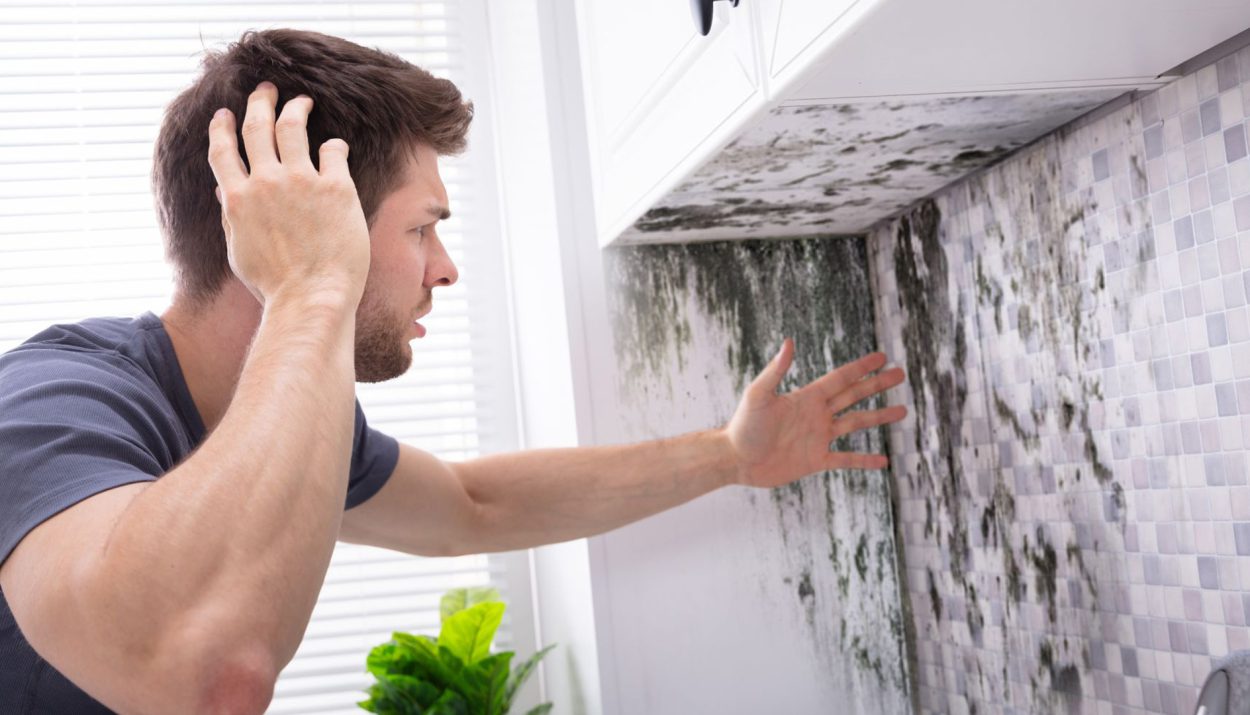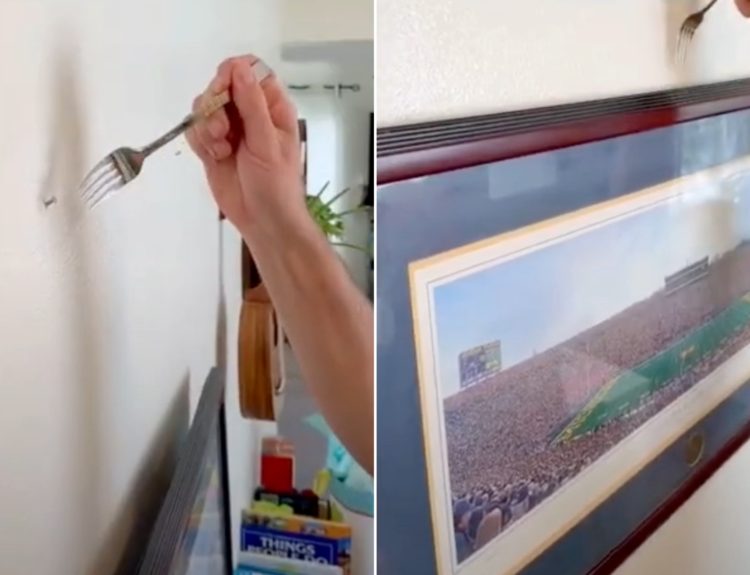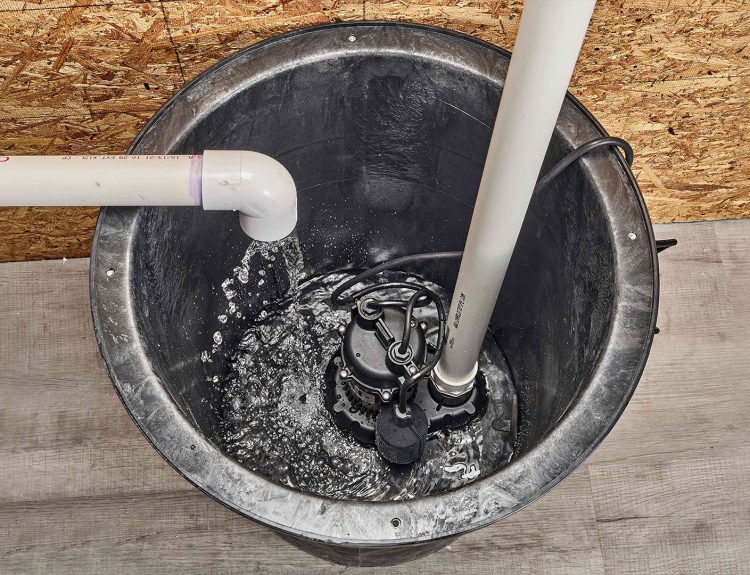Mold, mildew, fungi – yuck! These are things no one wants to find inside or outside the home, and their presence could be detrimental to your health and well-being. The good news is you can easily mitigate, prevent, and remove this threat in a matter of minutes with the right tools, technique, and cleaning solution. Don’t worry – we’ll teach you!
What Is Mildew?
When most people hear the term ‘mildew,’ they immediately think of ‘mold.’ The two terms are often used interchangeably, but don’t let that fool you – they’re two completely different things that can harm you and your home in completely different ways.
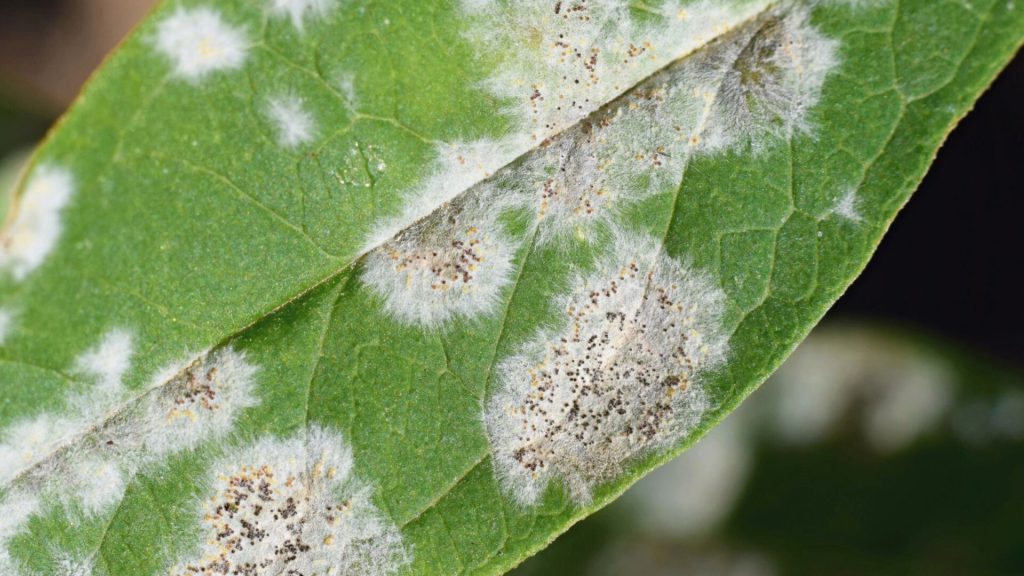
That said, there are a few similarities. They’re both types of fungi. They thrive in warm, moist, and humid environments. They grow on a multitude of surfaces inside and outside the home. And they both lead to illness if not removed in a timely manner.
How To Spot Mold Vs. Mildew
Mildew is a type of fungus with a white, gray, or light brown appearance – but it might also look powdery. It generally grows flat on the surface of a damp area and starts out as a small dot before growing outward. It’s the less severe of the two.
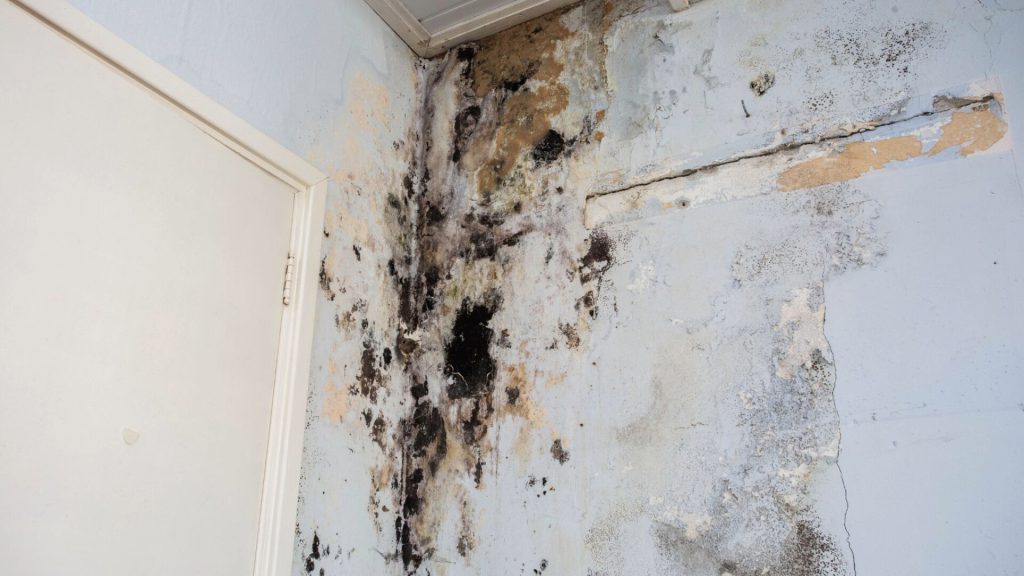
Mold, on the other hand, is a black or green fungus with a raised, fuzzy appearance. Some people might mistake it for dirt or grime, but it’s far more dangerous and is usually the result of a far greater infestation than its mildew counterpart.
Items You Need To Remove Mildew
If you’ve come across mold or mildew on the interior or exterior of your home, removing it has to be at the top of your to-do list. The good news is it’s easier than most people think and it won’t cost you an arm and a leg – in fact, it only takes about 20 minutes!

Here’s what you’ll need: a bucket, bleach, water, a long-handle scrub brush, gloves and other protective equipment, and something to cover the areas you don’t want to get wet. Once you have the goods, you can start making your own cleaning solution and scrubbing the area. Here’s a quick step-by-step for you to follow:
Step 1: Create Your Mildew Cleaning Solution
The first step is to make the magic juice that’ll whisk away those mold and mildew spores. The easiest DIY cleaning solution involves mixing a gallon of warm water with one-third cup of bleach. Stir the solution to ensure it mixes evenly.
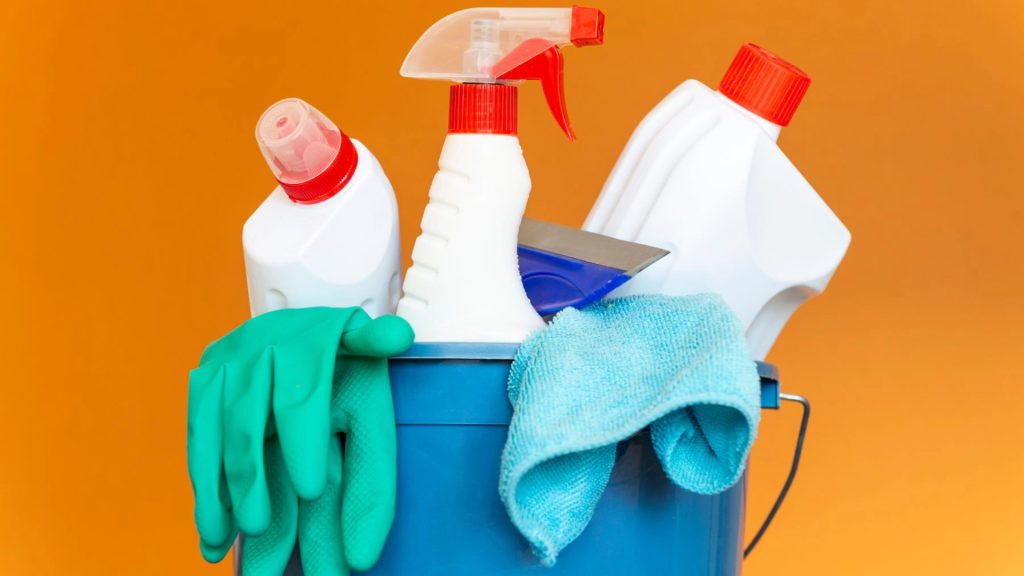
You can find a gallon of bleach at your local department or grocery store for under $10. If you don’t feel like making a trip to the store, you can also order online at Amazon.
Step 2: Cover Any Nearby Plants Or Valuables
Before you start scrubbing your life away, let’s first make sure the surrounding area is covered and protected. If you’re cleaning mildew off the exterior of your home, cover any plants or bushes that might be in the way.
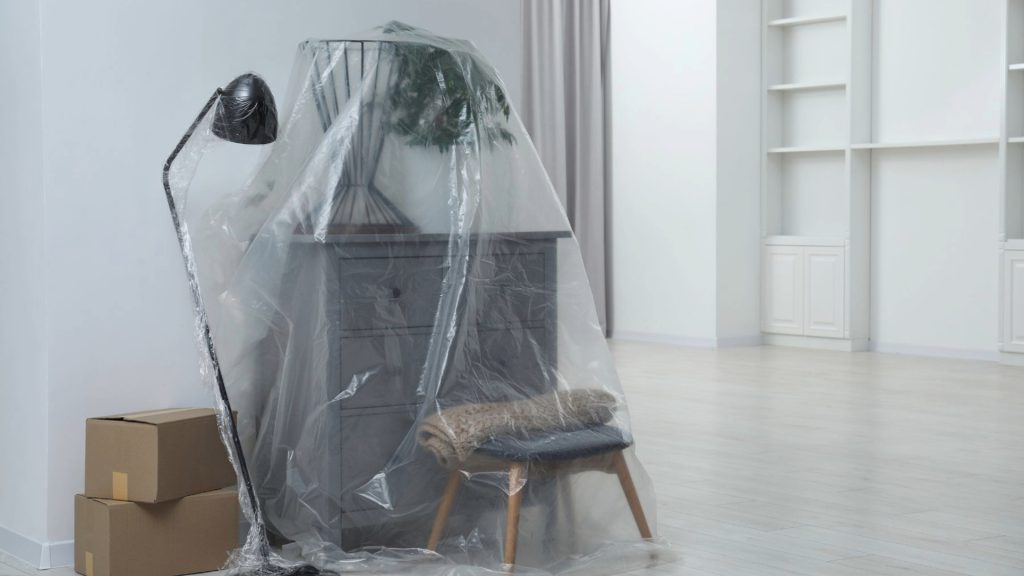
If you’re cleaning mildew inside the home, remove any furniture or personal belongings and lay a tarp or sheet on the floor. Bleach can be harmful if it gets on the wrong surface, so be mindful of this as you apply it to the affected area.
Step 3: Scrub The Mildewed Surface With Solution
To ensure the bleach won’t damage the surface, we always recommend doing a spot test first. Scrub a small area and wait a minute or two. If everything seems okay, then rinse the entire area and start scrubbing the mildew off the wall or surface with the solution.

As long as you’re not harming anything, be diligent with the scrubbing and make sure you don’t miss a spot – otherwise, it’ll slowly grow back. If the bleach solution does harm the surface, try one of our alternative DIY solutions (after Step 5).
Step 4: Allow Solution To Sit For At Least 10 Minutes
Once you finish scrubbing, let the affected area sit for at least 10 minutes. During this time, the sodium hypochlorite in the bleach reacts with the water to create hypochlorous acid – which can and will kill bacteria, germs, mold, and mildew.

This is a good time to dump your bleach solution (it’s okay to dump it in a sink if it’s diluted with water) and clean your tools (brush and bucket). You won’t be needing these anymore, and you’ve got some time to kill before finishing the job.
Step 5: Rinse The Area and Let It Dry
The final step in the process is easy – rinse the area and let it dry. If the affected area is on the exterior of your home, use a hose to rinse the mildew off. If it’s located on an interior wall or ceiling, use a damp and clean cloth to wipe the area clean.

You can also dispose of any sheets or tarps you used to cover the surrounding area. If you had to cover plants, we suggest giving them a quick rinse with the hose as well—just in case mold or mildew found its way onto your precious plants.
Top-Notch Solution: Detergent and Washing Soda
The bleach-water solution is quick and easy, but you can give the area an extra dose of clean by adding some laundry detergent and washing soda to the mix. It sounds like a weird mix, but it’ll do wonders for your interior and exterior walls.

Just mix ⅓ cup of laundry detergent, 12 cups of warm water, four cups of bleach, and ½ to ⅔ cup of washing soda into a bucket. Use the brush to scrub the surface, just like we taught you earlier – the only difference is your solution is more powerful.
Non-Toxic Alternative: Oxygen Bleach
If you don’t want to use bleach or if the bleach solution damages the surface, don’t panic – you have several alternatives to consider. For this one, you’ll need to invest in oxygen bleach – bleach’s distant cousin.
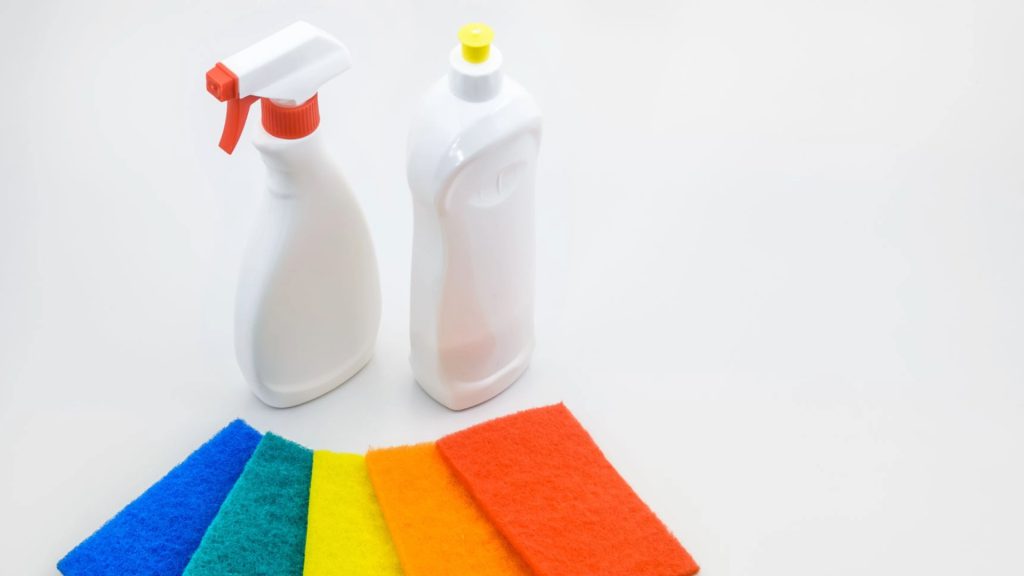
It’s non-toxic, it’s safe to use on plants, and won’t harm animals due to exposure. It might cost a little more than regular bleach, but it’s worth it if you want a healthier and safer solution when ridding your home of mold and mildew.
Can Exterior Mildew Find Its Way In The Home?
Just because you find mold outside your home, doesn’t mean it’s going to stay on the outside of your home. If not removed in a timely manner, the mold and mildew will grow and eventually spread to other areas of the home – including inside.
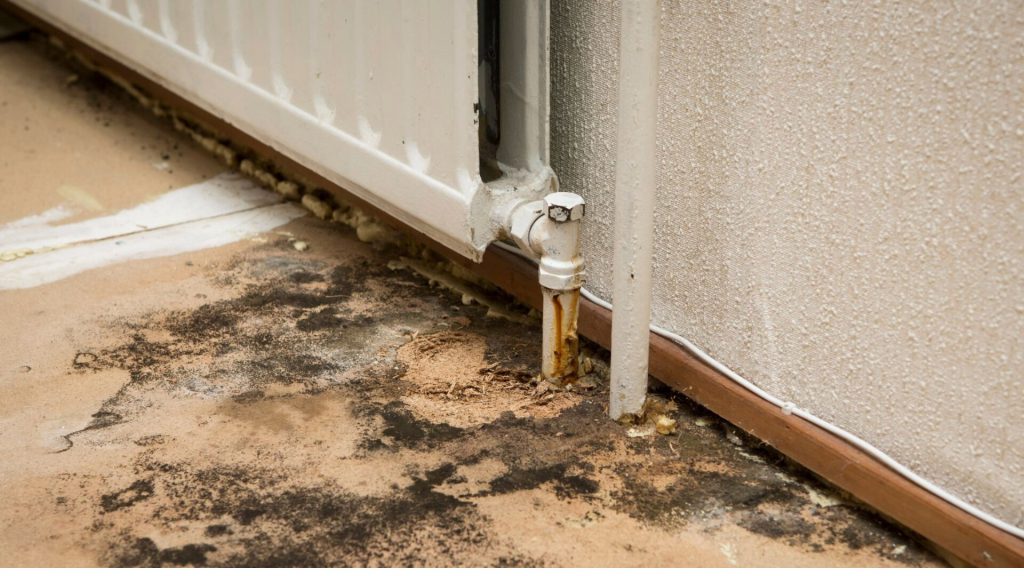
Once it finds its way indoors, mold and mildew exposure becomes dangerous – and even deadly, in some more severe cases. To make matters worse, the symptoms are easily mistaken for other conditions – meaning they usually go unnoticed or are misdiagnosed.
Symptoms Of Excessive Mold Or Mildew Exposure
Excessive exposure to mold or mildew can result in a number of symptoms – including sneezing, coughing, red eyes, nasal congestion, postnasal drip, wheezing, shortness of breath, and chest tightness.

Black mold is the most dangerous mold, while mildew doesn’t cause as much damage in the body. Either way, ridding your home of these invasive fungi is essential to providing a safe and healthy home for you and your family.

